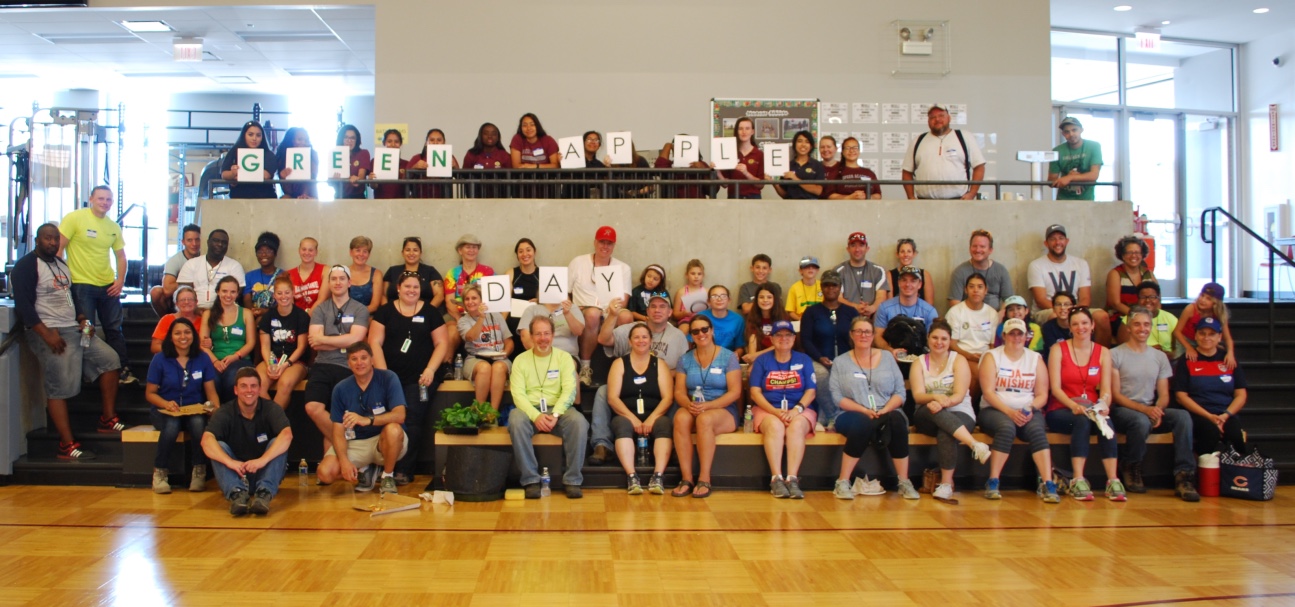You know the scenario. A young child is more captivated by a discarded box than the gift once inside, thoughtfully purchased by a now disappointed adult. Oblivious to intent, the curious child sees more open-ended possibilities in the box. Playing, at this age, is learning.
As we understand more about how children learn, research suggests that curiosity fuels the absorption of information vital for their survival. Our brains seem better adapted to discover information through sensory-rich first-hand experiences rather than passively relying on others to deliver it. An empty box can engage because it offers limitless opportunities for a child to discover information by hypothesizing ways it can be used and then testing them.
Even so, most adult bystanders would still declare the gift more beautiful and, consequently, more desirable than the empty box. As architects, we face this paradox frequently when designing learning spaces. Although beautifully curated images of soaring structures attract the most buzz in the press, those spaces aren’t necessarily the best places for motivating or mediating learning. Most adults avoid the box because they see that it’s empty. Yet the box is really full of invitations to explore.
Inviting First-Hand Discovery
We recently designed a series of projects for a local STEM high school student in observance of Green Apple Day, a volunteer service day aimed at improving learning opportunities around sustainability. Over 100 volunteers completed six projects for ITW David Speer Academy on a Saturday last September. Instead of giving the school a series of curated gifts, we opted for open-ended elements that students could use, like the box, to test endless theories first-hand.
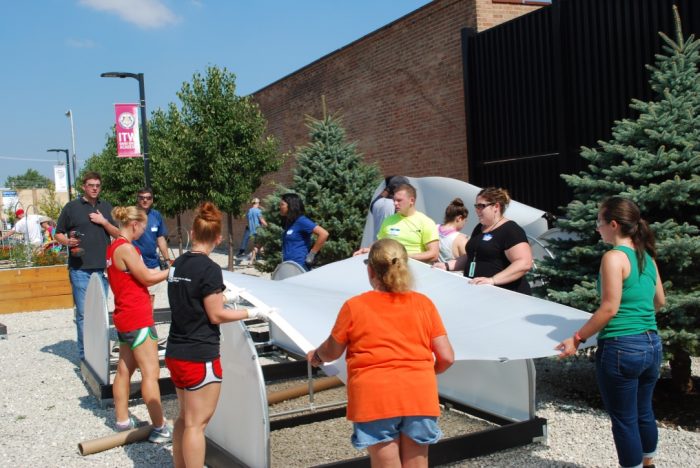
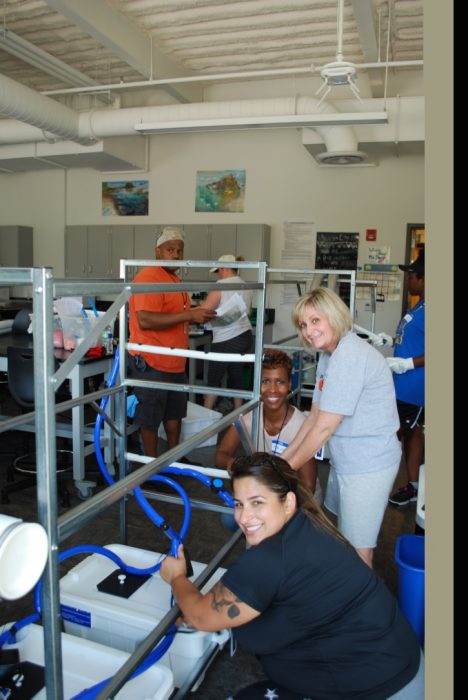
Outdoor Classroom
Four teams built projects in an outdoor classroom, located in the central courtyard.
Instead of erecting solar panels on a roof where students could only passively observe them, we put them on wheels and made their reorientation easy. Two solar generators were constructed with a pair of 100w photovoltaic (PV) solar panels, a 1400w battery, and an integral AC/DC inverter – all on wheels. Students can orient the PV panels differently toward the sun, with unique azimuth and altitude settings, observing real-time differences in power inputs. To make aiming the panels perpendicular to the sun easy, we designed an intuitive shadow-guided pointer that was mounted at the top of the panels.
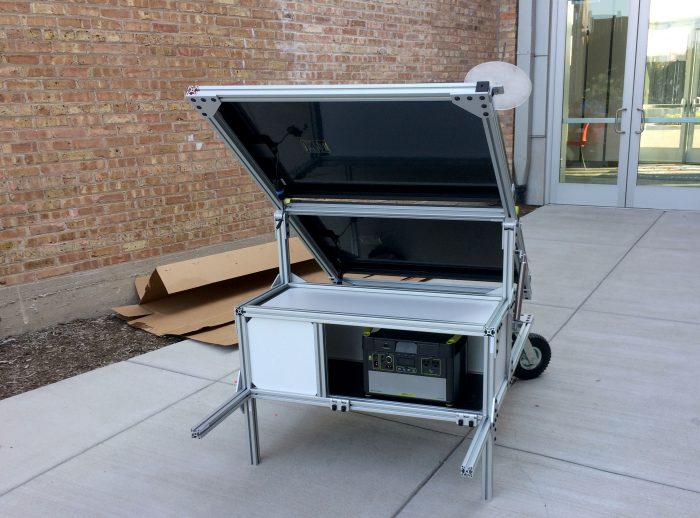
The purpose of the generators wasn’t to maximize energy capture or the use of solar power on campus, even though they will provide useful AC or DC power. At ITW David Speer Academy, they are learning tools placed in the hands of curious STEM students.
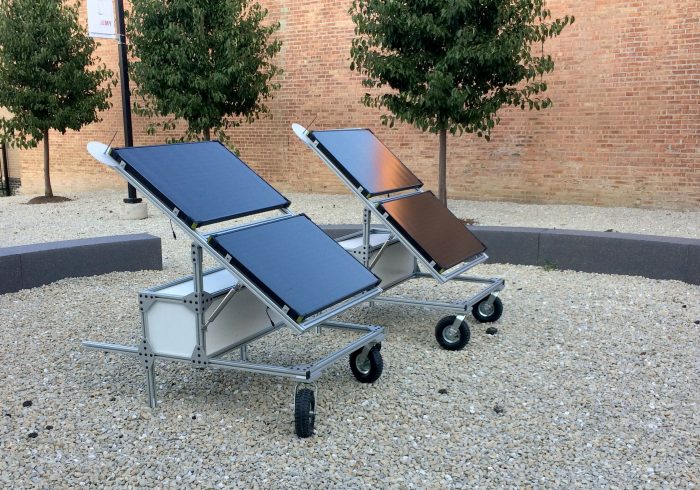
Other outdoor projects focused on the process of photosynthesis, where plants construct tissue out of gases in the atmosphere, catalyzed by the sun’s energy and aided by nutrients in soil or water. Since it’s difficult for students to experiment with plants outside year-round in Chicago’s climate, teams built them two types of small greenhouses. One team built seven cold frames with hinged tops of translucent corrugated plastic, which traps the sun’s high energy inside as heat. Like the solar generators, the cold frames are portable. They can easily be positioned over the gravel base.
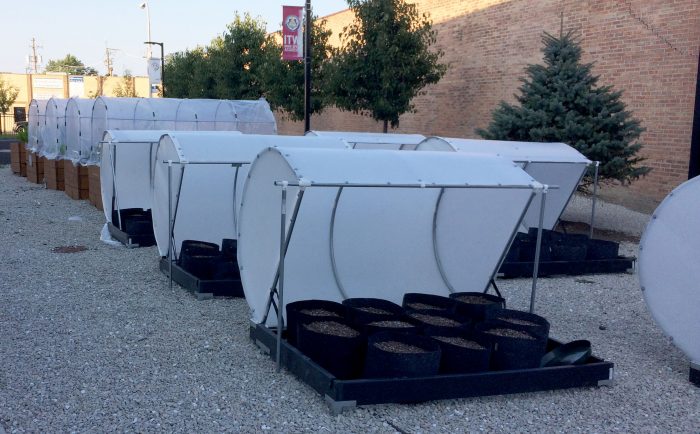
Another team filled each cold frame with eleven loose air pots, after filling them with peat-based soil and placing them in irrigation saucers. Unlike terra-firma, growing in individual containers will allow students to vary the amount of water and nutrients fed to each plant and observe the consequences. Unlike plastic containers, the air pots offer students an opportunity to observe how root systems prune themselves when exposed to air, growing dense and fibrous within the container. While roots tend to eventually circle plastic containers searching for absent nutrients, air pruned roots expand within the soil, fueling more efficient growth.
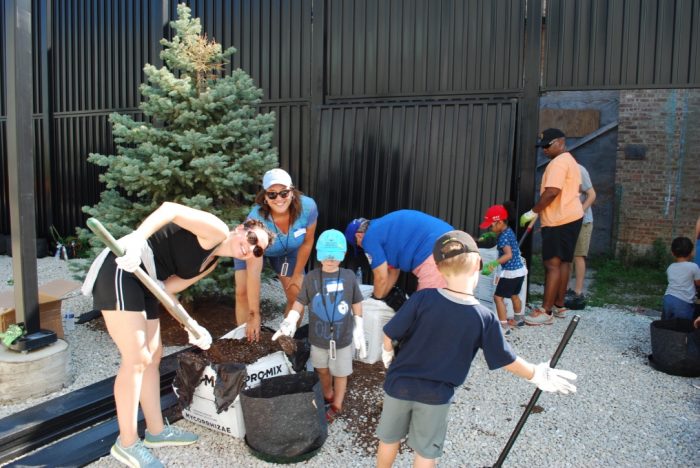
The last outdoor team built another type of greenhouse – custom fabricated low tunnels over four raised beds already in the courtyard. Although students successfully planted in the raised beds in spring, they weren’t around in the summer months to maintain the plants. Now, students can grow in the planters during both spring and fall, when school is in session.
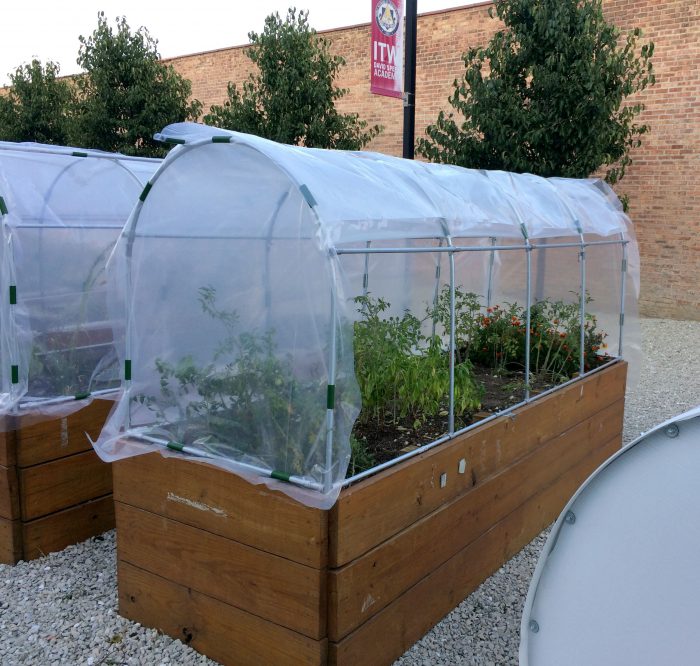
Taking The Outdoors Inside
In the AP Biology lab, another team constructed two 48-plant Nutrient Film Technique (NFT) hydroponic growing systems. Each system has two tiers of plants, each with its own 10-gallon reservoir, so students can conduct experiments with distinct control and experimental groups. In an NFT system, plants grow out of the soil, in a thin film of nutrient solution draining across their roots in gently sloped channels.
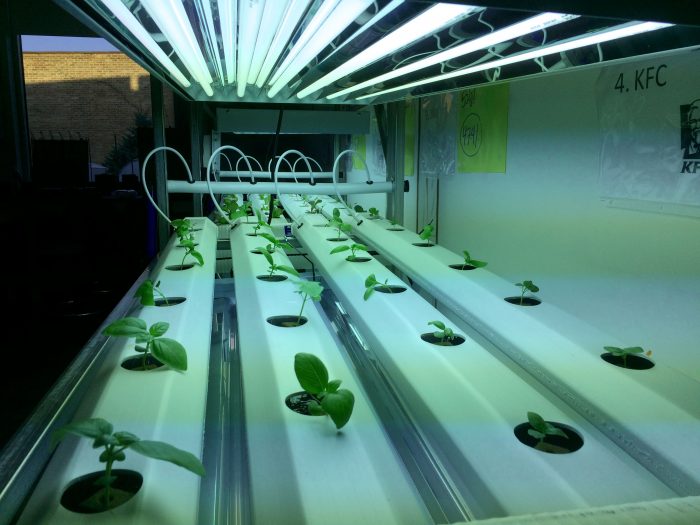
For each system, a digital monitor displays the real-time pH and electrical conductivity (EC) of the circulating nutrient solution. Students can use these values to assess the availability and quantity of the 17 possible nutrients plants use to grow. With a Bluetooth timer, students can also control the the duration of the artificial day provided by six 54W fluorescent lamps on each tier.
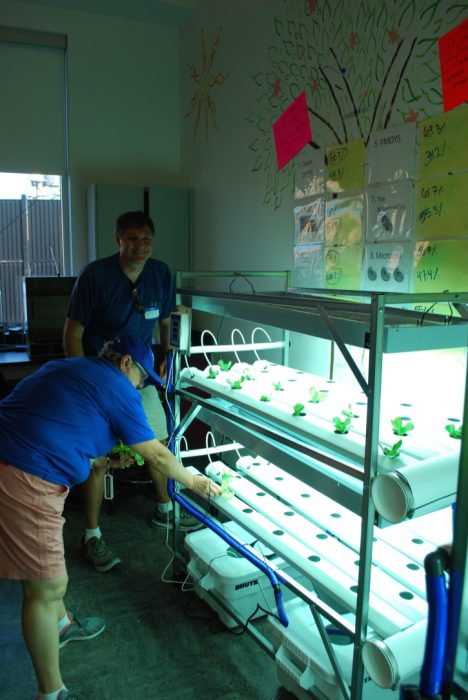
Similar to the air pots, students can observe a mature root system. They can also periodically lift the plants out of the channels to monitor the growing roots.
Of all the projects, the hydroponic NFT systems put the greatest number of variables in the hands of experimenting students, allowing them endless possibilities for testing their hypotheses. For a STEM student engaged by botany, this is the ultimate empty gift box.
The final team constructed a storage wall and shelving for the school’s makerspace. The room is outfitted with an array of 3D printers and workstations for fabricating electronics projects, some of which support the school’s competitive drone-flying team.
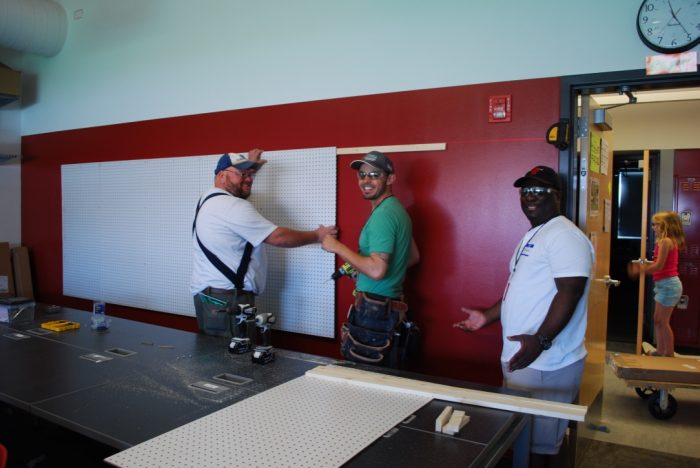
Let the Experiments Begin
As intended, students and faculty eagerly immediately dove in, eagerly beginning to assess the possibilities for each of the six projects. Within the first month, the school launched a hydroponics club.
We remain indebted to our dedicated partners for Green Apple Day – The Great Lakes Region of the GSA and Mortenson Construction – for their volunteerism and dedication.
Unlike curated gifts, which may be fabulously designed for a single purpose, our hope is that these open-ended projects will serve as empty boxes to curious STEM students. As they turn these “boxes” every which way, asking themselves new questions, we hope they will find many invitations inside. Some of those invitations may just lead to an unexpected, but exciting, career path.
